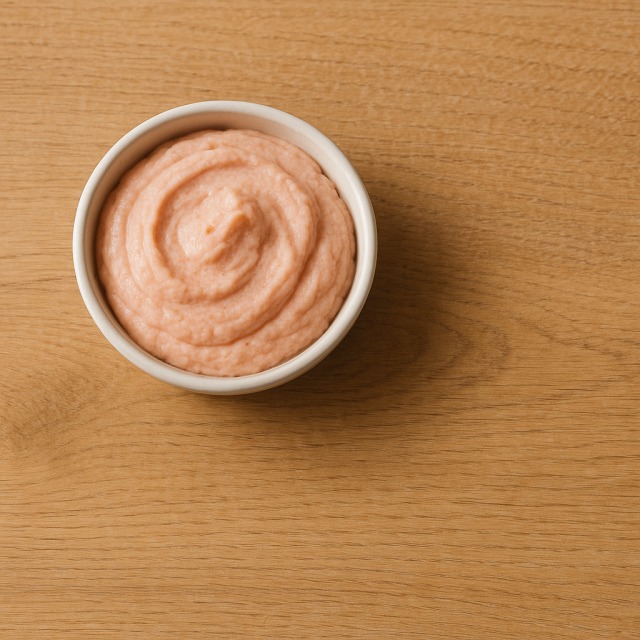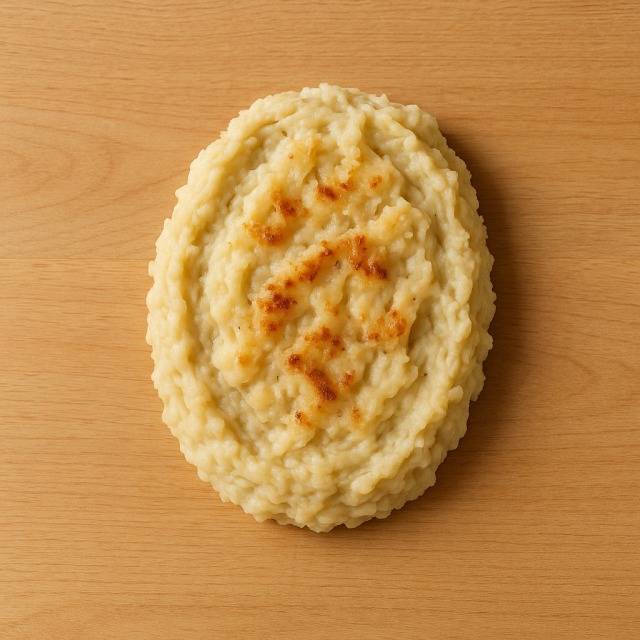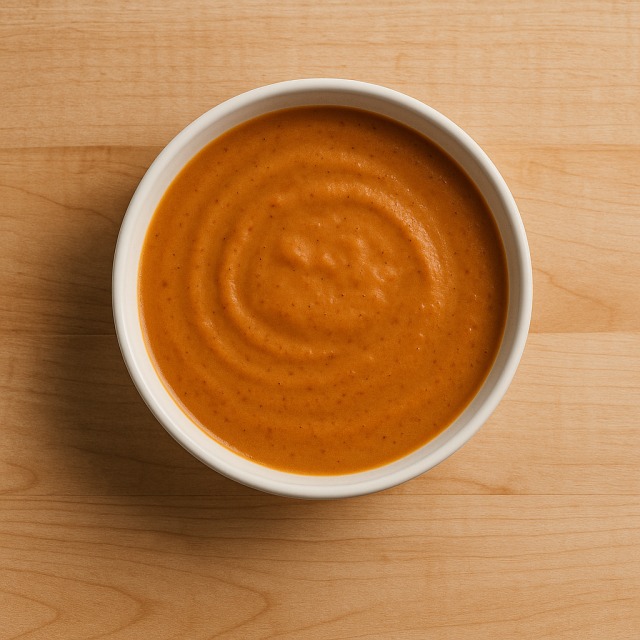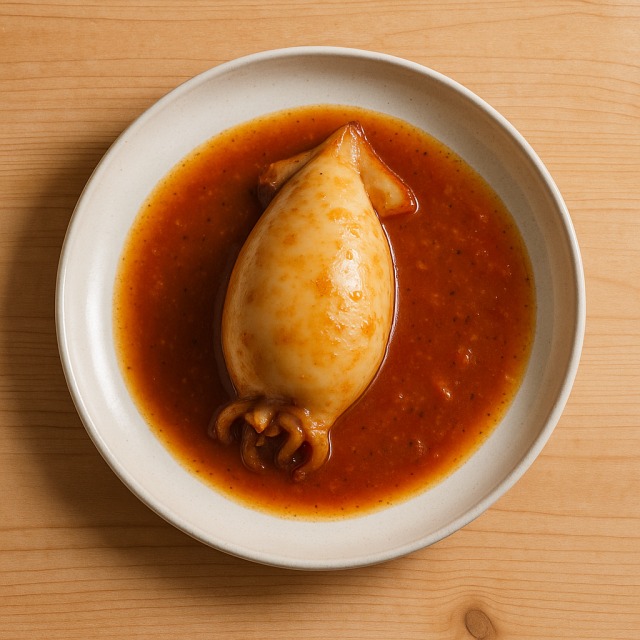Calorie Chart / Recipes / Sushi
How Many Calories Are in Sushi?
Calculation of the nutritional value & Recommended Dietary Intake of sushi
For g and a calorie requirement of kcal
| Calories 410 kcal | Proteins 18 g | Lipids 7.8 g | Carbohydrates 68 g |
| 21% | 24% | 12% | 25% |
Health benefits of sushi
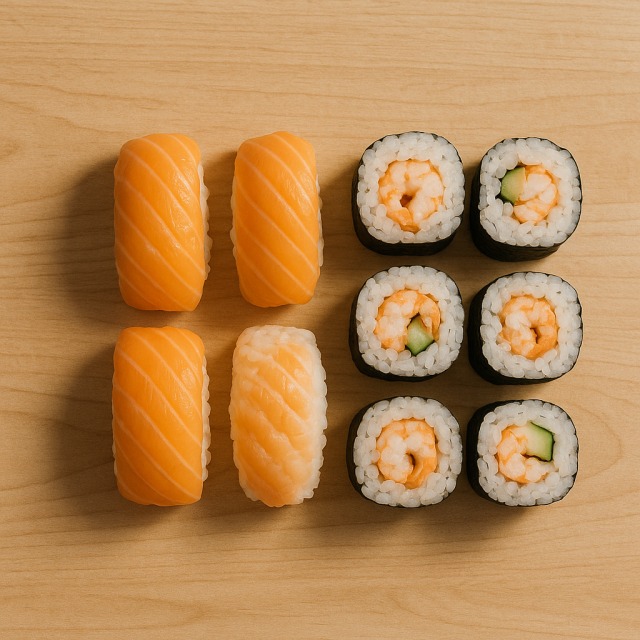
Sushi - 100g
Calories 164 kcal
Proteins 7 g
Lipids 3.1 g
Carbohydrates 27.1 g
Sushi is considered a moderate-calorie food (164 calories per 100 g) that combines vinegared rice, seaweed (nori), and often raw fish. The fish topping supplies complete proteins, long-chain omega-3 fatty acids (EPA & DHA), vitamin B12, vitamin D, and selenium—nutrients known to contribute to cardiovascular and brain health. Nori, on the other hand, is rich in iodine, vitamin K, and provitamin A while remaining virtually free of extra calories.
Because each piece offers a balanced ratio of carbohydrates from rice, proteins from fish, and very little saturated fat, sushi can promote satiety without a calorie overload. The modest lipid content (3.1 g/100 g) is mainly unsaturated. Its mix of iron, phosphorus, and magnesium also supports normal energy metabolism—valuable information for athletes monitoring calories and micronutrients alike.
Tips for incorporating sushi into a balanced diet
For a light yet satisfying meal under tight calorie control, pair 6–8 pieces of sushi with a bowl of miso soup and a side of steamed edamame (not in database) or a crisp cucumber salad. Skip mayonnaise-based rolls and opt for simple nigiri topped with tuna or salmon; these options keep calories and unnecessary fats in check while boosting omega-3 intake.
If you crave variety, create a "poke-style" bowl: scatter diced sushi-grade fish over chilled rice, add slices of avocado for texture, and finish with a drizzle of soy sauce and sesame seeds. This delivers all the classic sushi flavors in a portion-controlled format that is easy to log for calories.
On busy days, combine store-bought sushi with a thermos of hot tea instead of high-sugar soft drinks to avoid hidden calories. Just like enjoying a lean chicken breast with greens, balancing sushi with low-starch vegetables keeps total meal calories stable and fiber intake high.
Frequently Asked Questions
- How many calories are in sushi?
- There are 164 kcal per 100 g.
- Do salmon and tuna sushi have the same calories?
- No. A piece of salmon nigiri averages 48–55 calories, while tuna nigiri is closer to 40–45 calories because tuna is leaner.
- Is sushi high in proteins?
- Sushi provides about 7 g of proteins per 100 g. Choosing fish-rich rolls or adding extra sashimi can double the protein without dramatically raising calories.
- Can sushi fit into a weight-loss plan?
- Yes. By selecting simpler rolls, limiting high-fat sauces, and keeping rice portions modest, you can keep a full sushi meal under 500 calories, making it compatible with most calorie-deficit diets.
- How can I lower the calories in my sushi order?
- Opt for sashimi (fish without rice), request half-rice rolls, avoid fried tempura and mayonnaise toppings, and season with low-sodium soy sauce or plain wasabi.
- Is raw fish in sushi safe?
- When prepared from sushi-grade fish kept at proper refrigeration, the risk is low. Pregnant women and people with compromised immunity should still limit raw fish despite the moderate calories of sushi.
- How long can leftover sushi be kept?
- Refrigerate within 2 hours and consume within 24 hours. After that, both taste and safety decline regardless of the minimal calories remaining.
Similar foods
Information provided by Calorie Menu may contain inaccuracies or errors. It cannot, under any circumstances, substitute medical advice or medication.

